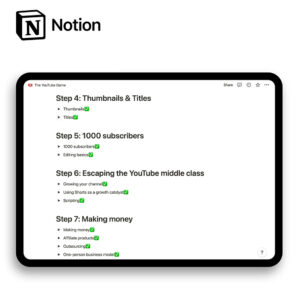Starting an online business is hard.
There are thousands of people that you have to compete against and in the beginning stages, nothing seems to push the needle forward. For my first 2 years of trying various online business ideas, side hustles and ways to make money online, I earned close to nothing. But after all that experimentation with online business ideas, I think I’ve finally cracked it.
Here’s my list of the best online businesses to start as a solopreneur.
P.S. Always keep in mind that making money online takes time and effort.
What is the best Online Business To Start?
The best one-person online business ideas are:
- Starting a faceless YouTube channel
- Google to purchase (blog) business
- A Newsletter business
- Print on demand with Shopify business
- Twitter-based business
Compared to the new AI businesses that you can start, these ideas may seem old and too saturated but trust me, stick around, and I’ll show you how they can become ridiculous passive income-generating machines.
So what’s the best business model to pick?
The best online business to start is one that you can start for free, is easy to scale, doesn’t require you to trade your time for money, and brings you passive income even when you’re sleeping.
That’s why most of the best one-person online businesses require building an audience.
1. Start a faceleless YouTube channel business
Starting a YouTube channel was one of the best decisions that I made.
It started off super slow but eventually after consistently uploading videos for over a year some of them got picked up in the algorithm and my channel started experiencing growth.
So why YouTube?
Why start a YouTube channel?
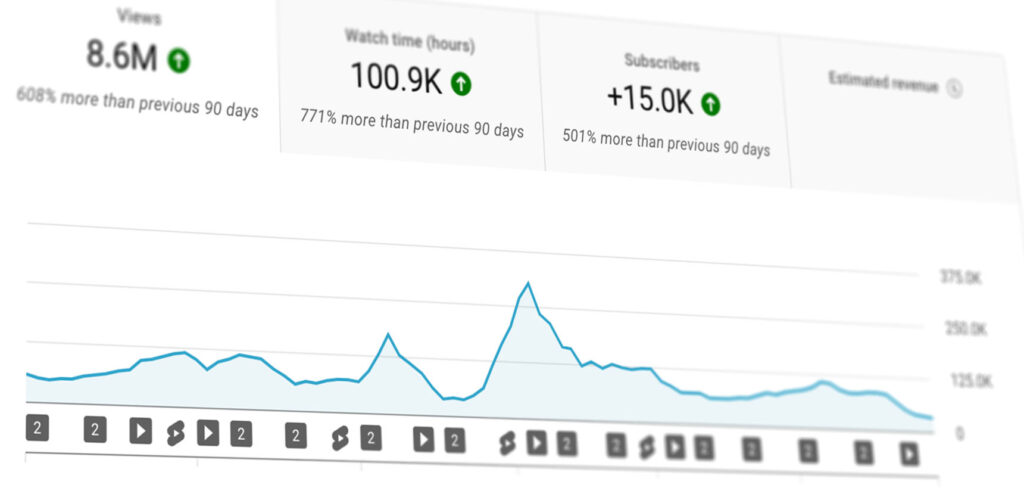
It’s evergreen.
Unlike on other social media platforms, content that you publish on YouTube can, and usually does get views long into the future. You make a video once and it can bring in consistent revenue for months or years to come. You can do keyword research and optimize your videos for SEO to give them more chances to appear on YouTube search results.
It’s the best platform for longevity and generating passive income with your online business.
Best tools for YouTubers:
VidIQ – doing keyword research and optimizing videos for SEO.
Luminar AI – for making thumbnails pop.
Envato Elements – getting assets, music, SFX, and stock video footage.
Skillshare – learning new creative skills.
What I like/dislike about it:
The thing that I like most about growing a YouTube channel as your business is that it can become a passive income-generating machine.
Once you publish enough content and your video library grows, the new videos that you make will not necessarily bring in the most views. The whole library will. Old videos that you made don’t disappear on YouTube – they get recommended to viewers forever.
Longevity is the reason why YouTube is the best platform for content businesses.
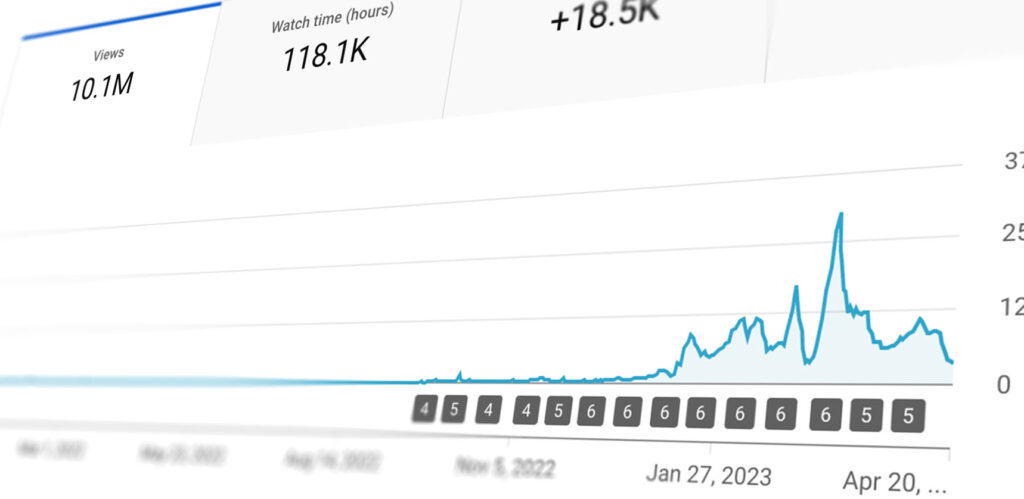
But that’s what I don’t like too.
It takes a lot of time and effort to learn the skills that you need in order to make a good video. It took me over 9 months to get 1000 subscribers.
And the best way to learn is to do it over and over again.
Chances are if you’ve never made a video in your life, then no one is going to see the first 30 videos that you make.
You have to produce a lot in order to become good at YouTube.
But in the end – it’s worth it.
Get a free Notion template with the tutorial for the game of YouTube
🚀 10+ Notion pages about how to play the YouTube game
⚙️ List of tools & gear for YouTubers
🧑⚖️ How to make your first video and get your channel off the ground
💰 Detailed guide about finding your niche & making money
2. Do Google to Purchase Business
There are 8.5 billion searches on Google every day.
A large portion of those daily searches is from people looking to buy products online. And that’s a great business opportunity. A Google to purchase business is essentially a blog whose sole purpose is to recommend the best possible product to consumers. What’s in it for blogs?
Affiliate revenue.
Why start a Google to purchase business?
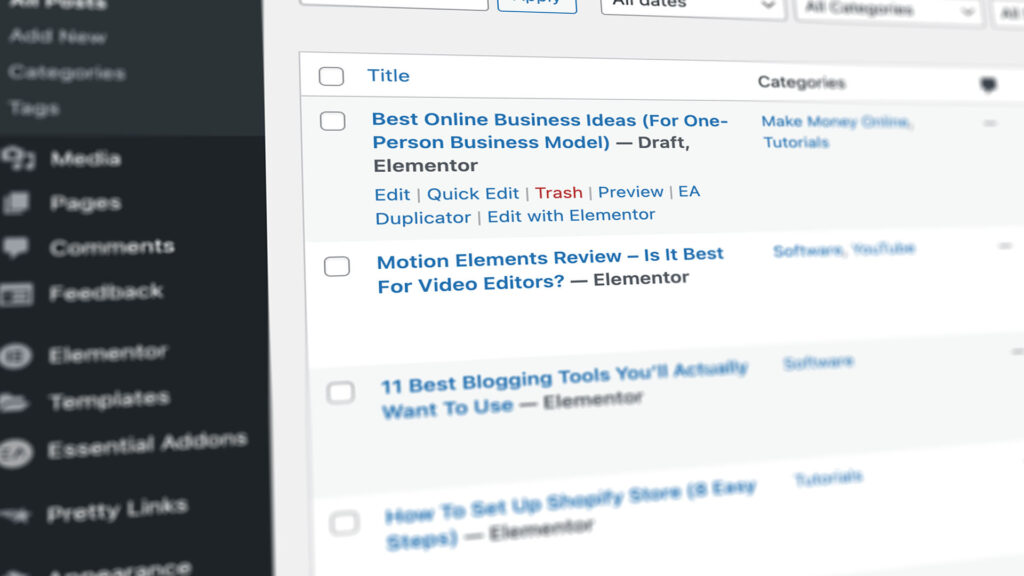
You do the work once and it’s there making money forever.
With the right strategy and blogging tools it’s possible to grow a blog to a full-time income within 2 years. That’s crazy. And it’s not even a full-time commitment. You can blog each day for 2 hours and within two years it’s more than likely that you will be able to live off of the income that your blog generates.
The best part is that a blog post can rank on Google for 2, 3, 5, 10, or 15 years. You write the article once and it can bring in revenue for a crazy amount of time.
It’s just like an asset that pays dividends every year.
Best tools for starting a blog:
What I like/dislike about it:
The best part about creating a WordPress blog is that once it’s set up – it’s there forever.
Once you write those 100 blog posts, and assuming they’re helpful they will keep generating organic traffic and bringing in passive income every month.
Another thing that I like is that it doesn’t take a lot of time to start compared to other online businesses such as a YouTube channel. Sure, if you spend 5 hours a day writing blog posts that are going to get you to a full-time income a lot faster than a person who spends only 30 minutes.
But the best part is that you don’t have to.
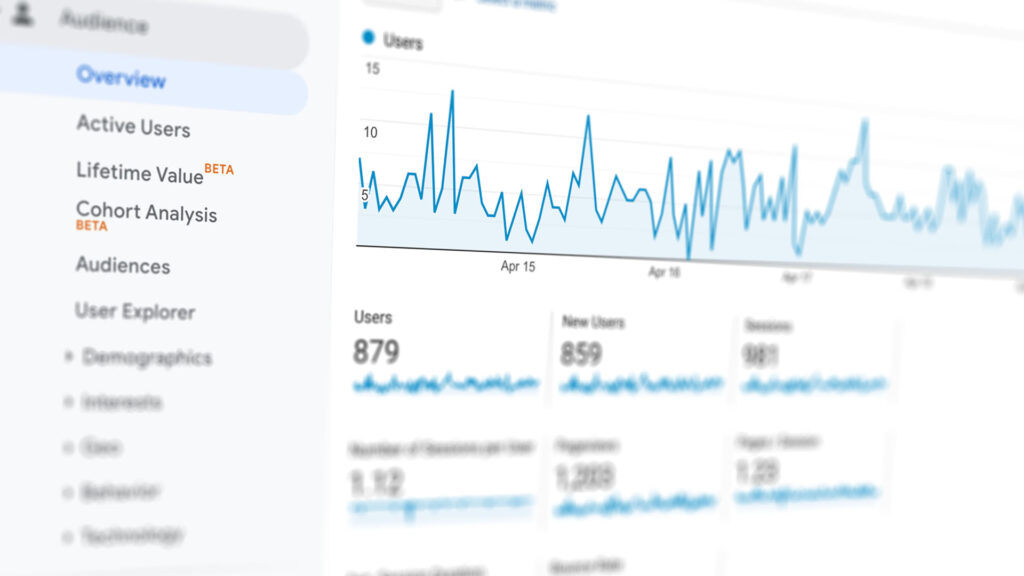
You can build a successful online business by spending only 30 minutes a day over a 2-year period writing helpful articles. That’s only 365 hours in total to reach a full-time income from a blog. Crazy to think about.
Sure you might want to update some old articles but for the most part, this business model is beautiful because it’s so long-lasting.
The worst part about creating a Google to Purchase business is that in order to see start generating some income you need at least 100 blog posts that are 8-12 months old. That means that for the first year of starting a blog, you’re probably not going to make money. But there’s a silver lining to this.
Since blogs require time to see noticeable results that means that most people are simply not up for the task and that leaves less competition for you to deal with.
3. Start a Newsletter business
Email has no algorithms.
There are no Google or YouTube gods that decide if your audience member sees the content you put 0ut there or not. If you have a person’s email – you can reach them.
That’s the power of an email newsletter.
Why start a newsletter?
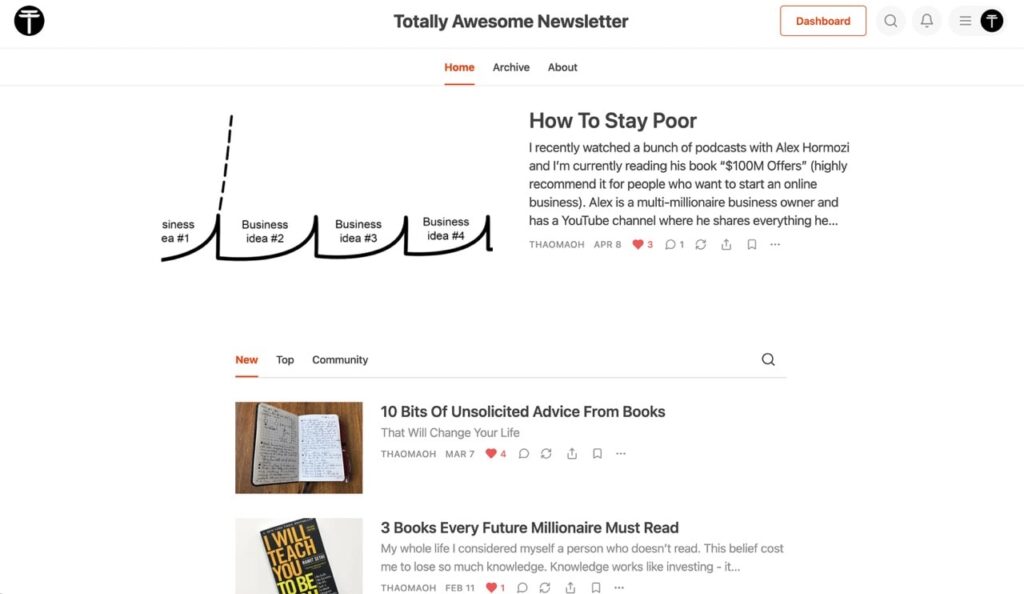
A newsletter is just your own social media platform. You own it.
This business can generate money in 4 main ways:
- Affiliate income
- Sponsorship income
- Selling your own product
- A paid subscription to your newsletter
I have set up my own self-improvement newsletter. It currently has only 360 subscribers but each month that number is growing.
If you have a newsletter in a specific niche, you can recommend products to your readers or sell your own products to that audience. If your reader is interested in creating an online business and you suggest Webflow as the best platform for them to build a website then chances are they’re going to listen to your advice and sign up. What’s in it for you?
If you become an affiliate of any product, service, or app, each time that a person signs up through your link, you will earn some money. This is called affiliate marketing.
Affiliate marketing will not bring in a lot of income if you only have a list of 500-1000 emails, however, if your email list becomes quite large, say 20,000 or 30,000, then it’s a whole different story.
If 1% of readers buy a product through your affiliate link that earns you $30, then you could make $9000 from sending just 1 email. That’s the power of your own audience.
Best tools for starting a newsletter:
Notion – keeping track of ideas, and writing out drafts of your newsletter.
Substack – a free newsletter platform.
What I like/dislike about it:
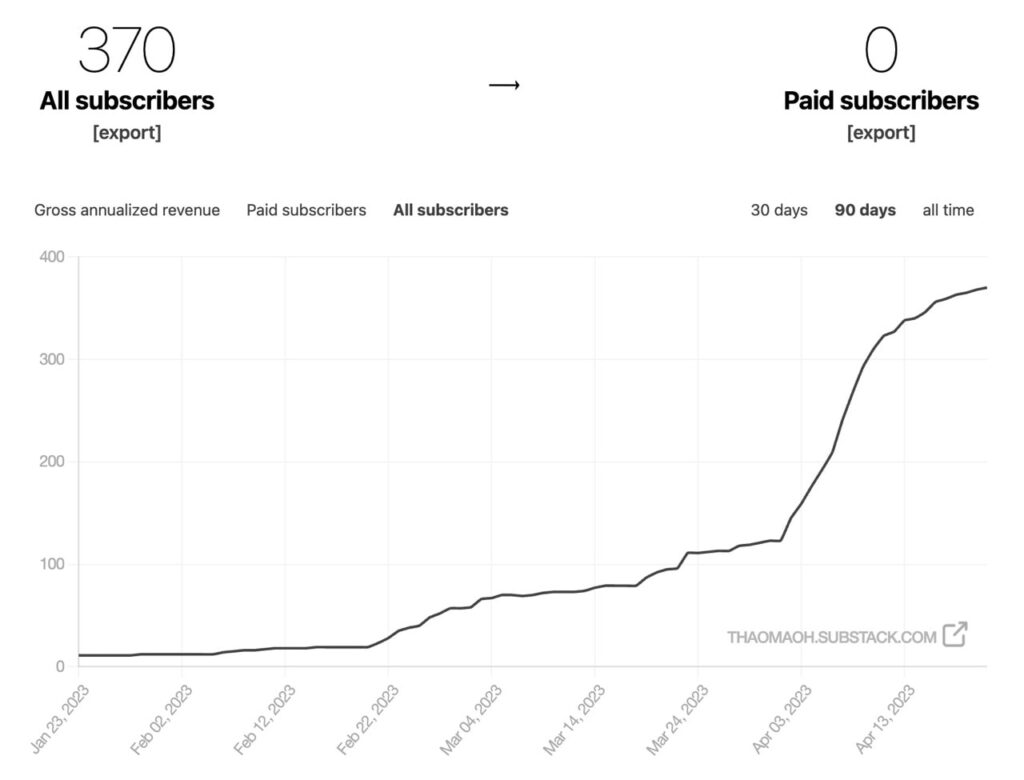
I said before that the best part about a newsletter business is that it’s not controlled by an algorithm.
But that’s also its biggest weakness at the start.
Since there is no social media algorithm – you have to market your newsletter yourself. If you have 0 readers and no audience on any other platforms there’s no other way to do it.
It’s a lot easier if you already have an audience somewhere else, for example, Twitter or YouTube, and then transfer your audience to your newsletter from there.
4. Do print on demand with shopify
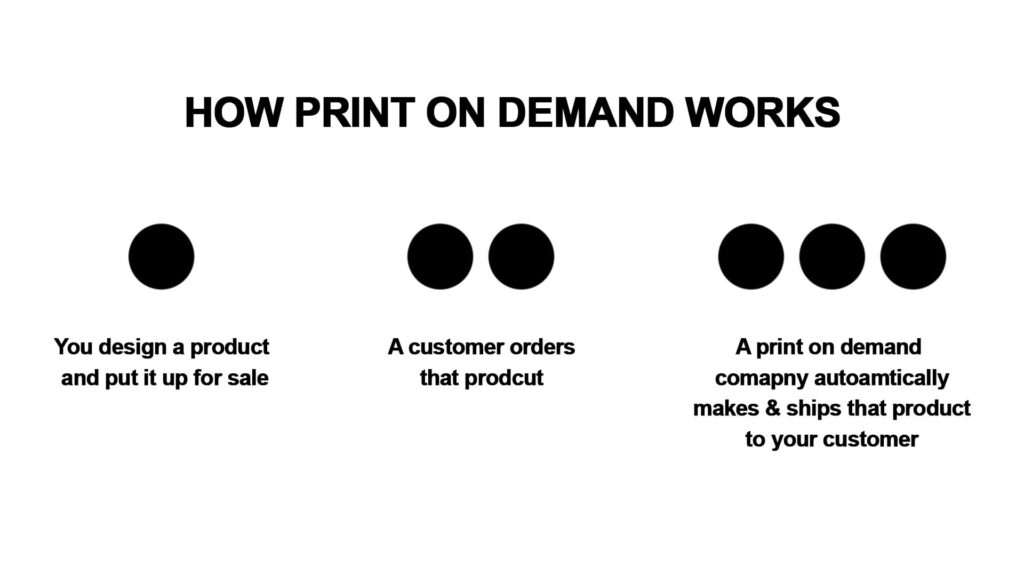
It’s evergreen once you put in the initial time investment into it.
If your print-on-demand store ranks on Google search for a specific keyword (such as “funny Halloween hoodie” or “best cup for dads”) you’ll get consistent traffic to your products. It’s easier said than done but if you manage to rank a few of your best-selling products on Google then from there there’s nothing left to do but enjoy the passive income.
Why do print on demand?
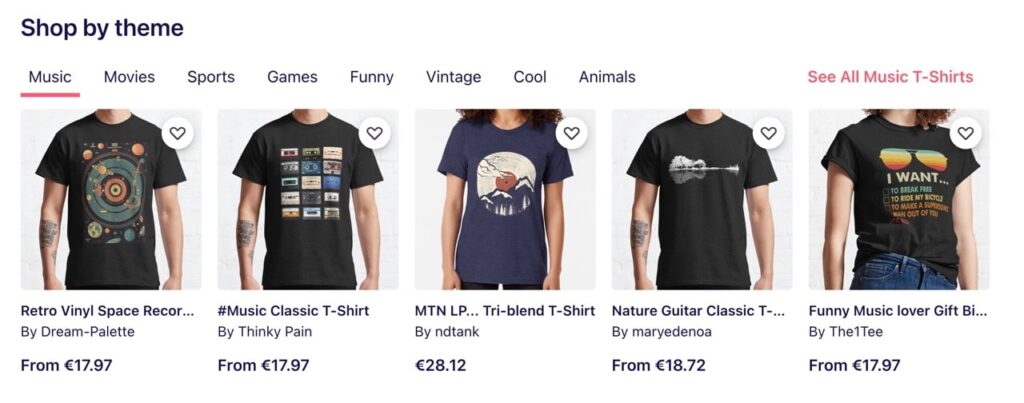
Sell products that you never see or make yourself.
That’s print-on-demand. A customer buys a t-shirt (or any other product) with a cool design from you, and then a company like Printful takes that order, makes the t-shirt, and ships it to the customer handling everything from customer support to returns. You don’t have to do anything apart from selling it and collecting the money.
A print-on-demand business can operate just like a website or a blog:
- Set up a Shopify store
- Install the Printful app to Shopify
- Design products
- Import products to your Shopify store
- Write articles about those products so you rank on Google and get consistent organic traffic and sales
The hardest part about print-on-demand is ranking your product pages on Google because it takes time. You’ll have to write around 100 articles that link to your top product pages on Shopify. That way Google will see those pages as important on your website and show them to people searching for something like a “funny dog t-shirt.”
But after that – it’s a self-sustaining one-person business that doesn’t require any maintenance or employees to generate revenue.
Best tools for selling starting a print on demand business:
What I like/dislike about it:
It’s hands-off.
The thing that I like most about print-on-demand is that it’s a business model that can be set up and operated by a single person. And once your product pages get organic traffic this business doesn’t require any more work or maintenance.
But it’s a double-edged sword.
To get your product pages to rank on Google you will have to put in a lot of work to write high-quality articles about those products, create collections, and have at least some understanding of SEO and link building.
But in the end, it’s worth it.
5. Grow a Twitter audience
Growing an audience on any platform is the single best thing that you can do for your business.
If you have a dedicated audience it takes care of the most important thing for a business – lead generation.
Everything is downstream of lead generation
– Daniel Priestley
If you have an audience there’s no need to pay for ads and send cold emails because your audience already needs your product. If your product solves its specific problem, there’s no need to market it elsewhere.
Moreover, people buy from people they know like, and trust. And if a person is in your audience they most likely know, like, and trust you.
Why grow a Twitter audience
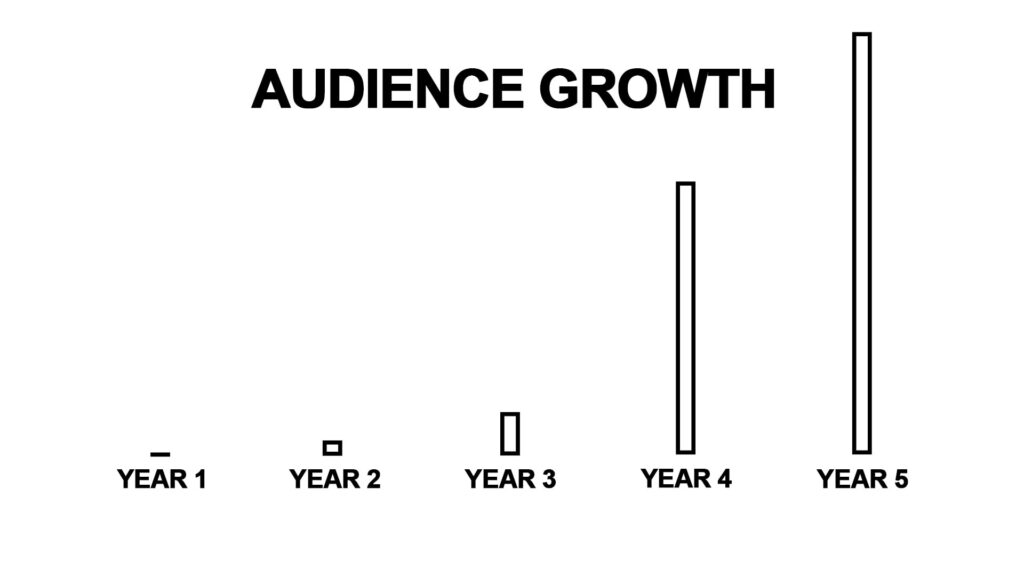
Twitter is one of the best places to monetize an audience with digital products such as Notion templates or online courses.
Digital products are superior to physical products because:
- You create it once and can sell it thousands of times
- The profit margins are usually over 90% because the only cost is to create the product
- Most times you can create digital products for free
- Most digital products can be changed and adjusted over time to fit your audience’s needs
Best tools for growing a twitter following:
What I like/dislike about it:
The thing is, growing an audience is hard and time-consuming but once you are out the other side – it’s more than worth it.
Twitter is the same. It takes dedication, patience, and commitment to grow your Twitter-based online business. But once you do that – it’s smooth sailing. Once you have an audience that has similar interests and knows, like, and trusts you, monetization should be a breeze.
But always remember that making money online takes time and effort.
How to monetize your audience?
Here are the best ways to monetize your audience:
- Creating an online course
- Selling digital products (templates, planners, PDFs, etc.)
- Doing affiliate marketing
- Creating a subscription-based product (newsletter, community)
- Selling one on one coaching programs
- Monetizing with ads (YouTube Adsense, Google Adsense)
What are the most successful small businesses?
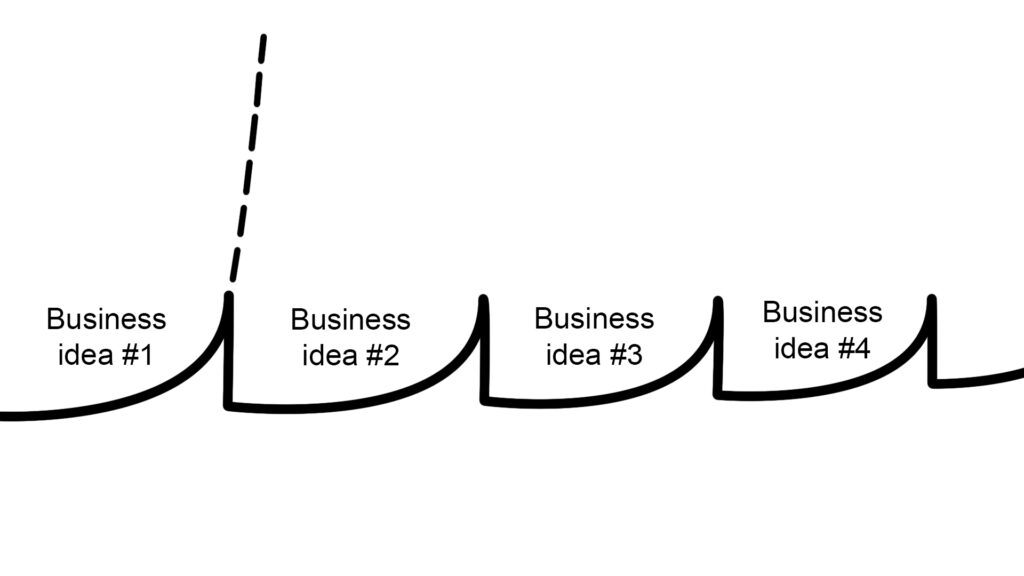
The best online business is one that doesn’t require trading your time for money.
One of the best ways to stop trading your time for money is to build an audience. But creating a successful one-person online business requires time, patience and a lot of effort. You will fail multiple times before you succeed in business. The best part is that you only have to succeed once to change your life forever.
I recommend reading my guide on how to start an online business for more mindset tips and useful tools.
What is the most profitable skill to have?
One of the best Jiu-Jitsu coaches in the world, John Danaher said that a complete beginner (at most skills including combat sports) can master a skill within 5 years.
A complete beginner. Not just learn it, but become one of the best in the world at it. Be able to compete with the top 25 people in the world. Think about that.
You could pick a skill, almost any skill, such as copywriting, video editing, YouTube, blogging, mountain climbing, gaming, etc. And you concentrate on it every day for 5 years (let’s be honest, maybe 2, 3 or even 1 year would suffice) and if you entrench yourself in that skill each day, you will become of of the best at it.
From zero to 100. The best part is that experts get rewarded. People pay a pretty penny for an expert and it doesn’t matter which field they’re in.
Of course, if you pick a reasonably high-value skill to learn then there’s no doubt you’ll make a ton of money doing it.
Here are some of the most common high-value skills today:
- Software/web development
- Copywriting
- Audience-building
- Video editing
- Content creation
- Photo editing
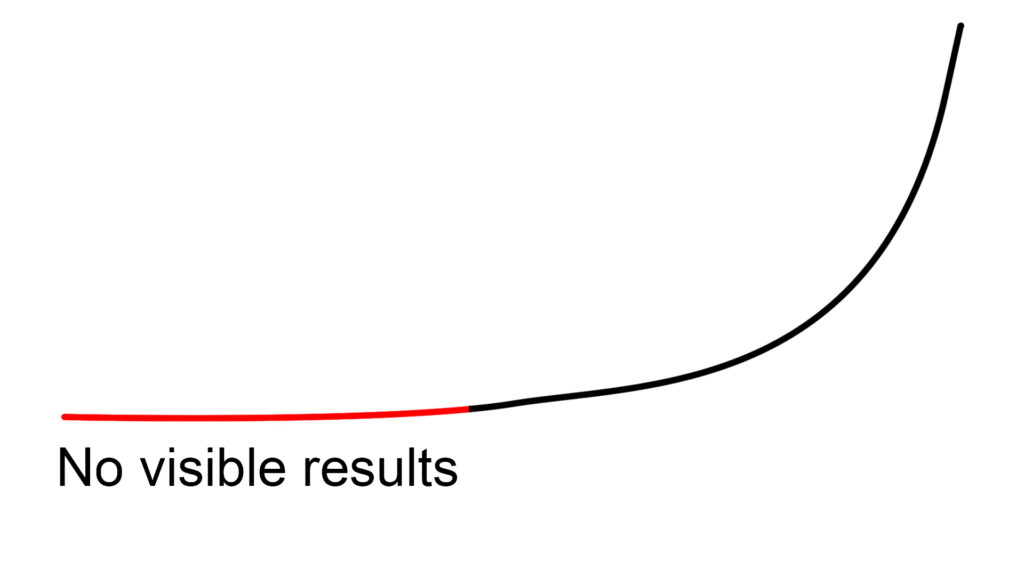
There are really 2 problems holding people back from sticking with learning one skill for a few years at a time:
- Not willing to “waste” 5 years on something.
- Getting complacent after some time. Stopping the failing process and thus the improvement process. You need to fail to win.
Give things time to succeed. If you’re suffering from the shiny object syndrome and you switch your path then it’s so hard to get to your destination.
Think about it, if you walk in zigzags then it’s going to take you so much longer to reach your destination than if you were to walk in a straight line.
Focus on one thing.
Was this guide about the best online businesses to start useful?
All in all the best online business to start is the one that can make you money even when you sleep. The best one-person online business ideas are starting a faceless YouTube channel, creating a Google-to-purchase website, a newsletter business, print-on-demand with Shopify business, and a Twitter-based business.
Ultimately, the critical factor is you.
Whether your business idea succeeds or not will depend on how determined you are to go through with it and commit to it long-term.
With that said, I will leave you with a few resources to help you start your business:
How To Start An Online Business
